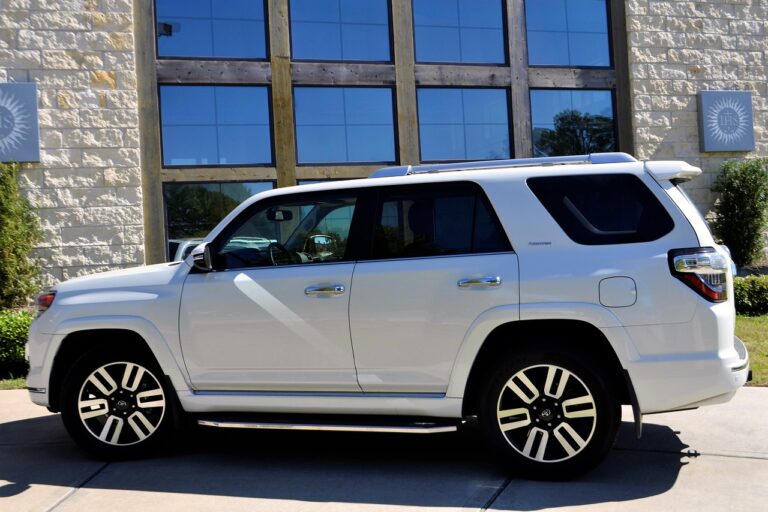Assessing the Role of Vehicle-to-Vehicle (V2V) Communication in Preventing Collisions
V2V communication plays a crucial role in preventing collisions on the road. By allowing vehicles to share real-time data with each other, such as speed, position, and direction of travel, V2V technology enables vehicles to anticipate and react to potential hazards swiftly and effectively. This instant exchange of information helps drivers and automated systems make informed decisions to avoid accidents and ensure the safety of all road users.
In addition to providing a way for vehicles to communicate with each other, V2V technology also enhances existing safety measures like anti-lock brakes and traction control systems. By integrating V2V communication into the vehicle’s safety systems, cars can proactively coordinate with each other to prevent rear-end collisions, side-impact crashes, and other common types of accidents. This proactive approach to collision prevention can significantly reduce the number of traffic incidents and save countless lives on the road.
Benefits of V2V Communication in Road Safety
V2V communication technology plays a crucial role in enhancing road safety by enabling vehicles to exchange information with each other in real-time. This communication allows vehicles to alert one another about potential hazards, such as sudden braking or slippery road conditions, thus reducing the risk of accidents on the road. By constantly sharing data about their speed, direction, and other relevant information, V2V communication helps create a more synchronized and cooperative driving environment, ultimately leading to fewer collisions and improved overall safety for all road users.
Moreover, the benefits of V2V communication extend beyond just collision prevention. This technology also facilitates the implementation of advanced safety features, such as autonomous emergency braking and adaptive cruise control systems, which rely on the exchange of data between vehicles to function effectively. By leveraging V2V communication, vehicles can work together to optimize traffic flow, reduce congestion, and enhance the efficiency of transportation systems. As a result, not only are individual drivers safer on the road, but the overall transportation infrastructure becomes more intelligent and responsive to changing conditions.
What is V2V communication?
V2V communication stands for Vehicle-to-Vehicle communication, which allows vehicles to communicate with each other to share important safety information.
How does V2V communication help in collision prevention?
V2V communication enables vehicles to exchange data such as speed, position, and direction, allowing them to anticipate potential collisions and take preventive measures.
What are some benefits of V2V communication in road safety?
Some benefits of V2V communication include improved collision prevention, reduced traffic congestion, enhanced emergency response, and overall safer driving conditions.
How does V2V communication improve emergency response?
V2V communication allows vehicles to alert each other about sudden road hazards, accidents, or emergency situations, enabling faster and more effective emergency response efforts.
Is V2V communication currently being implemented in vehicles?
V2V communication technology is still being developed and tested, but it is expected to be implemented in future vehicles to enhance road safety and reduce accidents.





